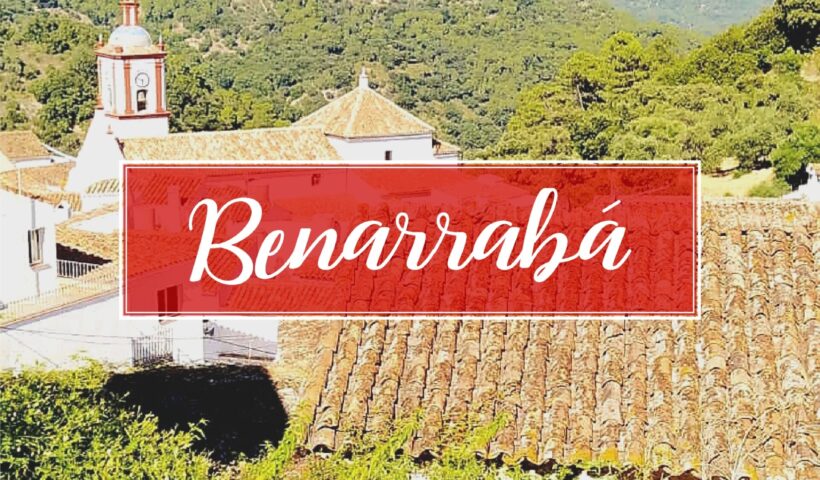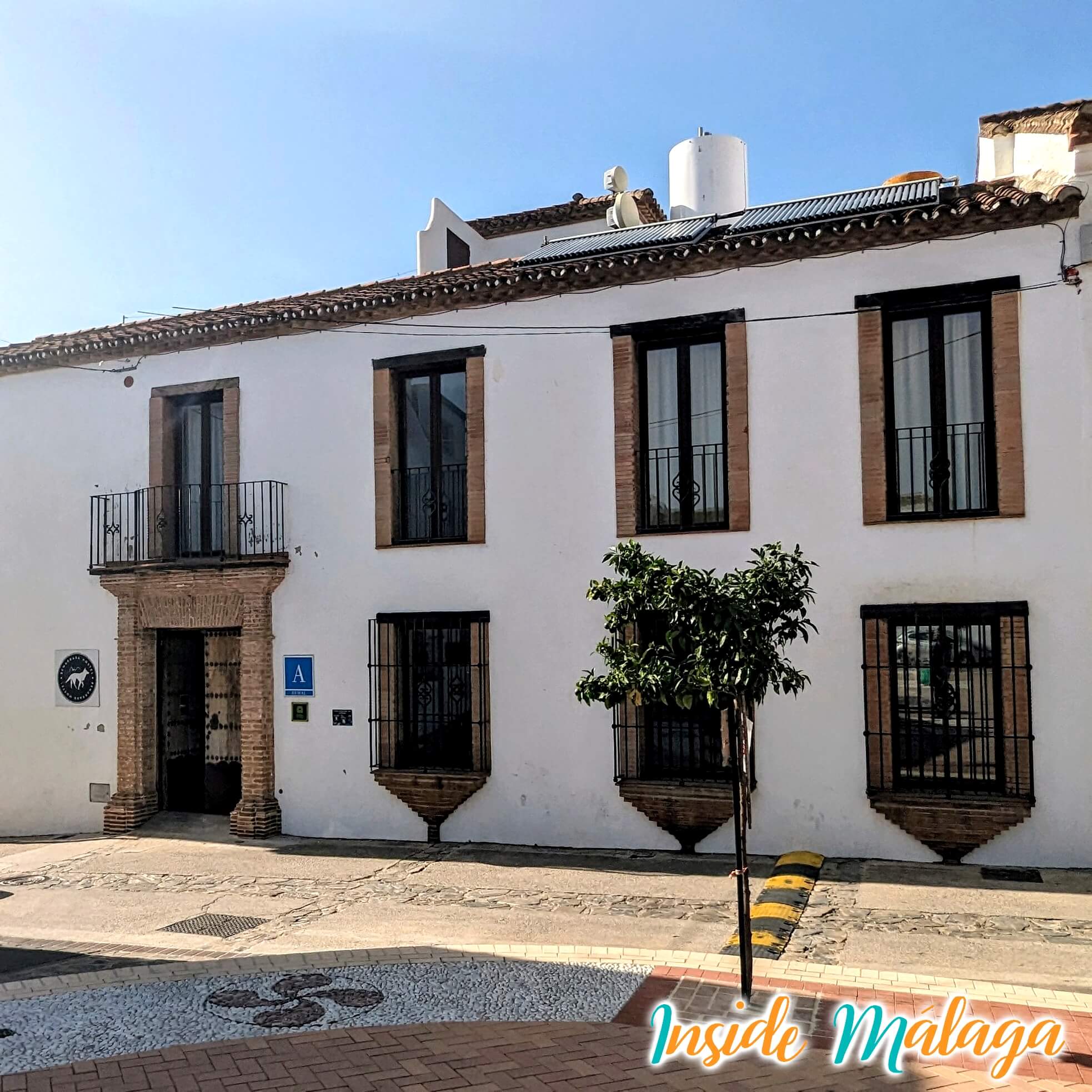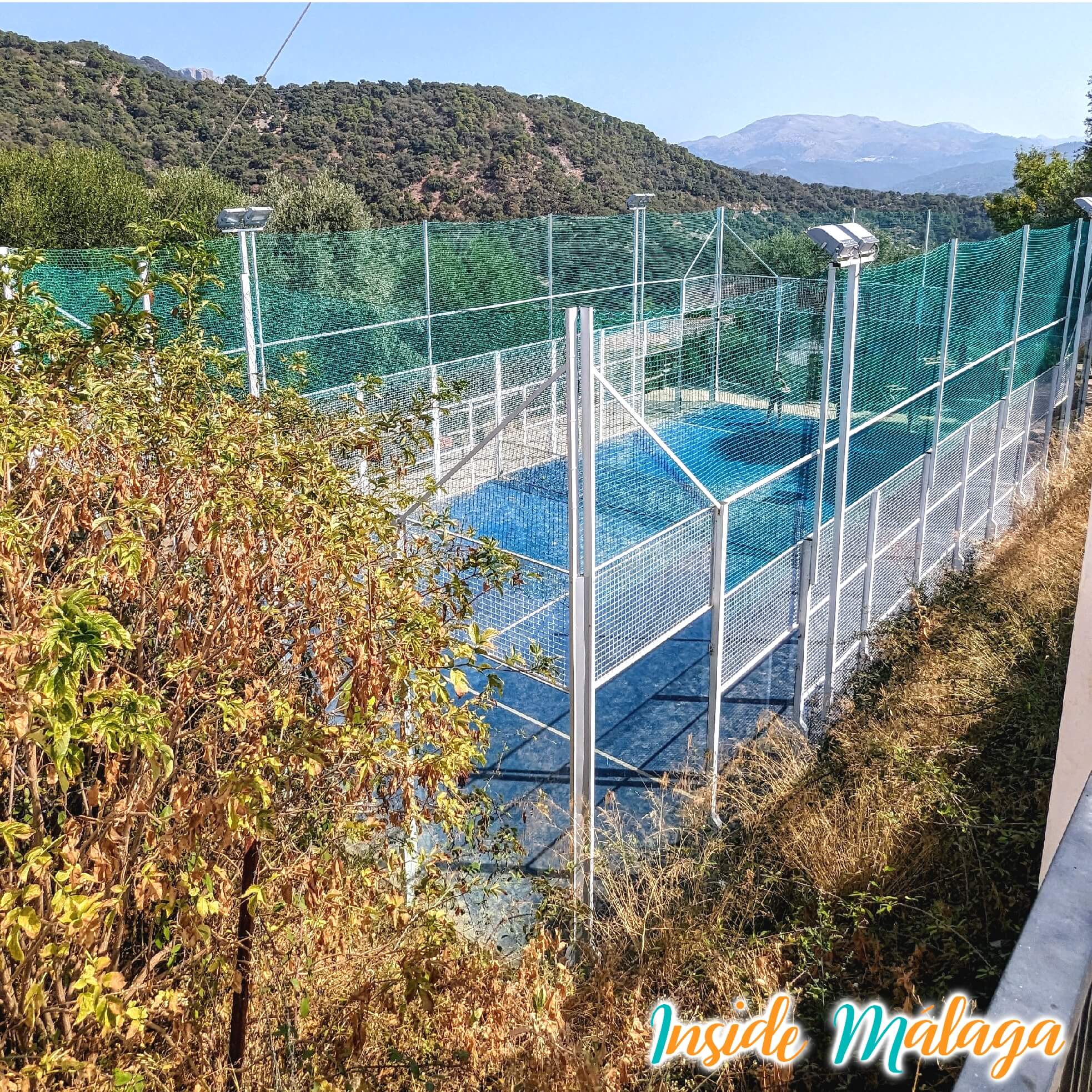Benarrabá, a town located between the Genal and Guadiaro rivers, makes this town an attraction for nature lovers through numerous hiking trails.
Where is Benarrabá located
Benarrabá is located 135km from Malaga capital with a population of 455 inhabitants. The municipal term has a dimension of almost 24,90km square.
The origin of the name Benarrabá
The name of the village comes from the “Banu Rabba” who were the descendants of the Rabbah, a tribe of the Benimerines who lived in the Genal Valley at the time of the Moors.
Demonym of the people of Benarrabá
The inhabitants are called “benarrabeño or benarrabeña”.
Curiosities about Benarrabá
- This area is well known for the cork that comes from the Cork Oak, the tree produces a layer that is then removed in summer, which is later transformed into stoppers for wine bottles.
- A legend tells that the dyer Ben Arrabat created the carmine color for fabrics using a cochineal called “Gármez” that lives in pines and holm oaks, this color caused great admiration in the Muslim court and in the Kingdom of Granada.
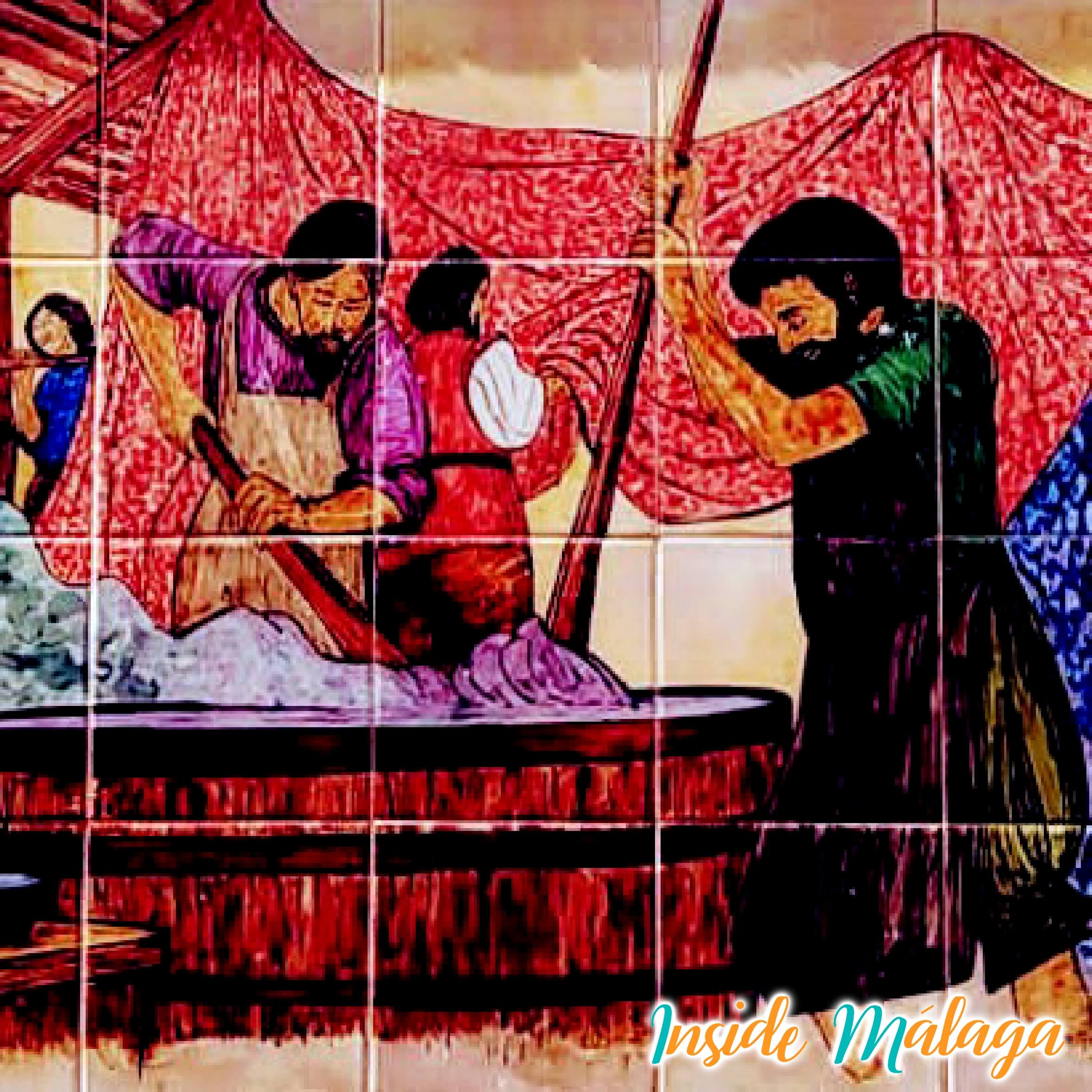
Monuments and places of interest in Benarrabá
- Church of Nuestra Señora de la Encarnación: The temple was built in the first half of the 18th century on a site of the old mosque. The church consists of three naves separated by semi-pointed arches supported by pillars. Inside there are two square chapels, one on each side of the altar. The chapels house the images of San Sebastián and San Miguel, who are the patrons of the town. Its bell tower stands out for its blue color, the dome is covered by blue glazed ceramic that stands out over the village. The curious triangular-shaped façade with a niche in the center that houses a Virgin.

- Hermitage of Santo Cristo de la Vera Cruz: Located in Plaza Veracruz, the main square of the village. The temple was built in a classicist Baroque style in the 17th century with subsequent reforms. The building is made up of a single nave with the roof covered by a wooden frame. The façade is simple with a brick belfry with a triangular pediment that houses the bell.
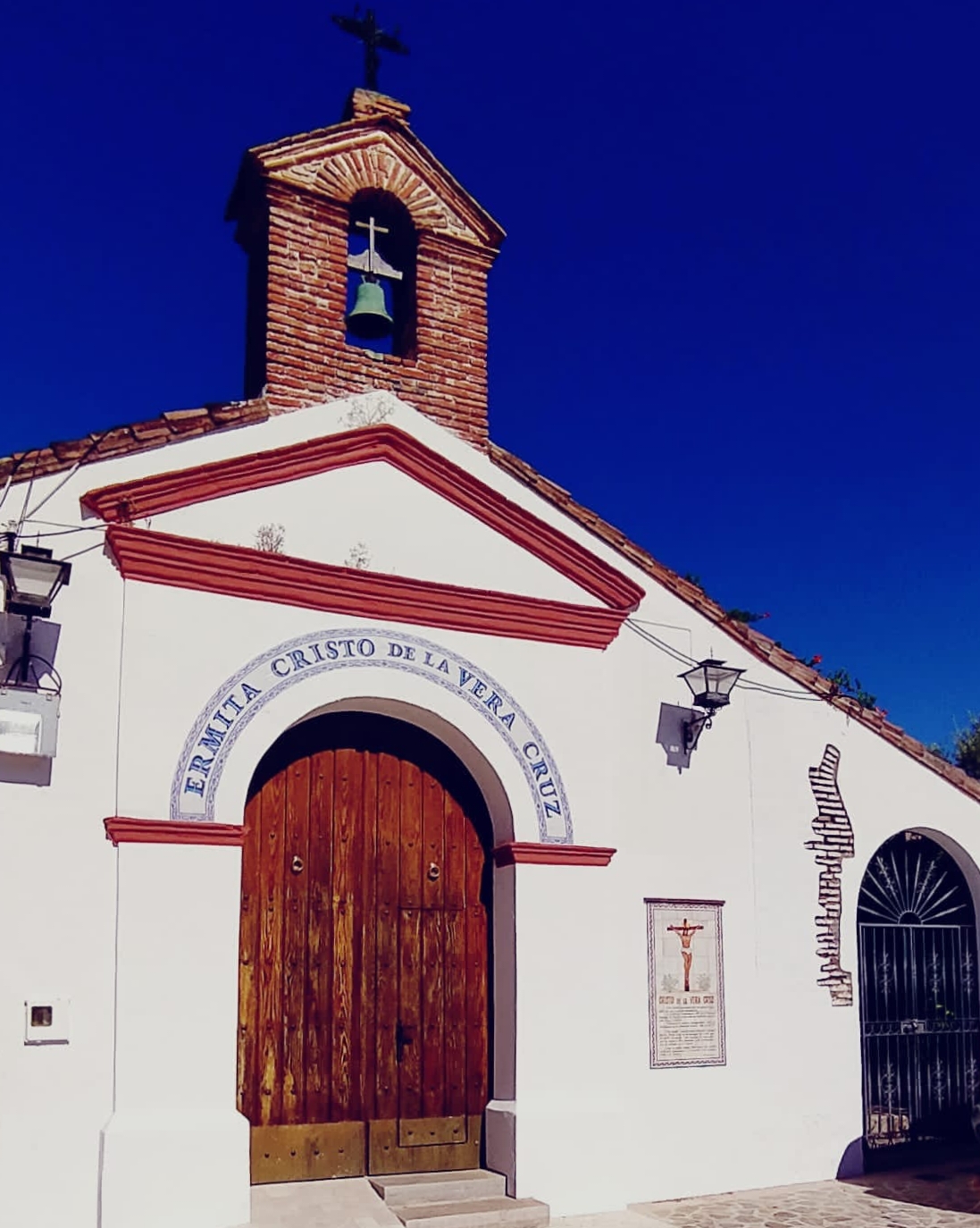
- Casa Lola: The architecture and design of the village is clearly of Arab origin that offers corners of great beauty. Next to the church in the cabildo square several facades of medieval origin remain. Casa Lola is an example of well-being at that time, a large façade with several windows and a lot of decoration.
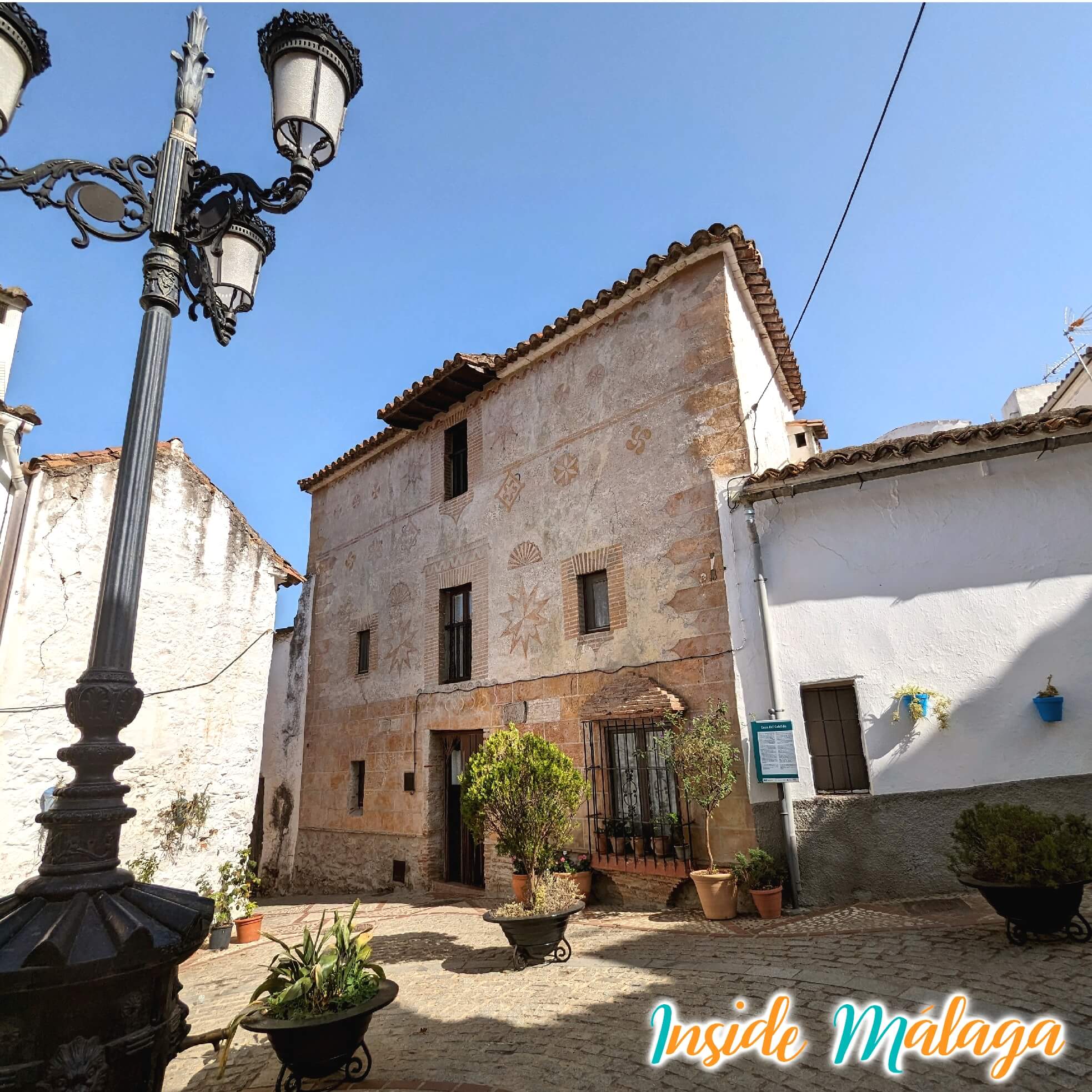
- Vera Cruz Square
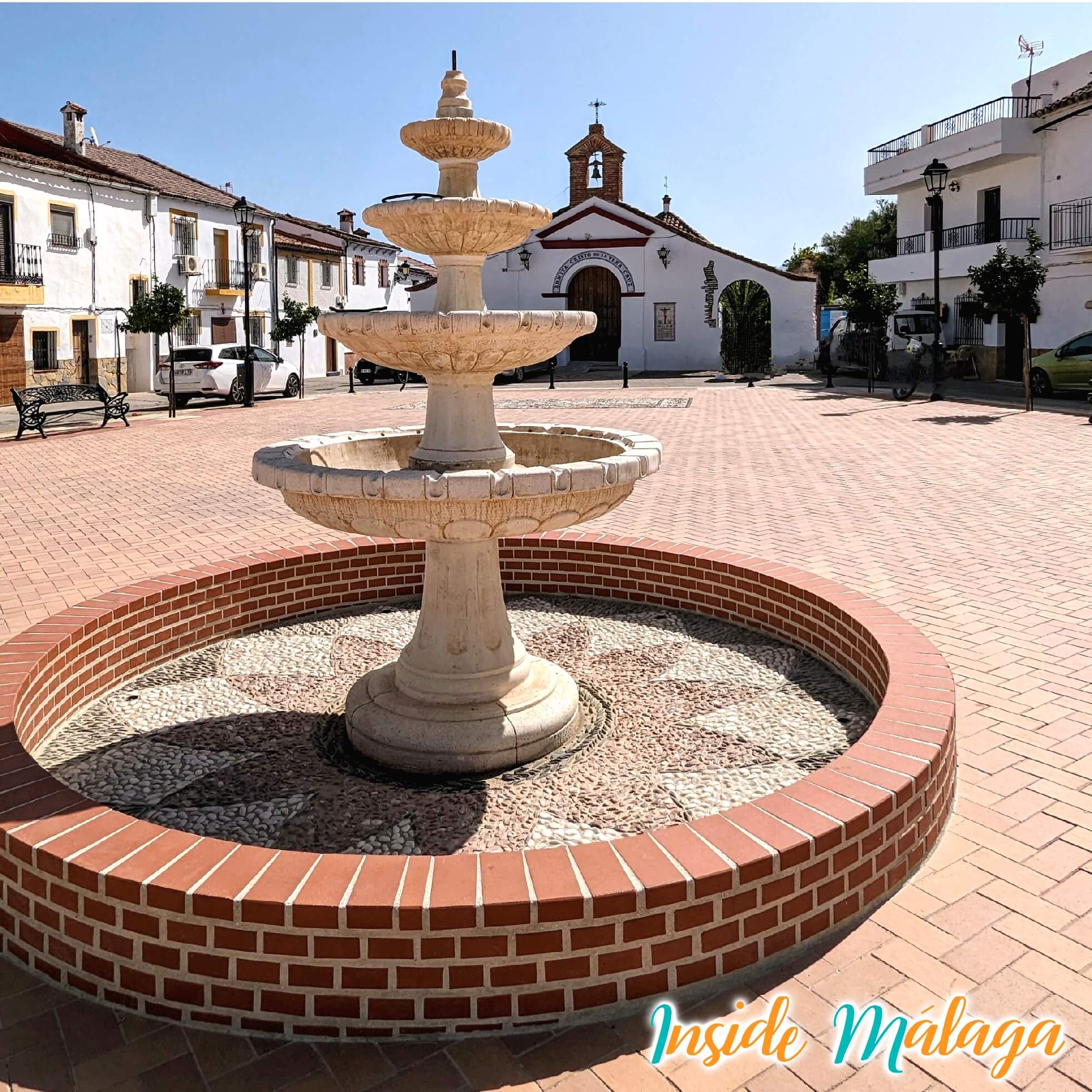
- Fuente Alta
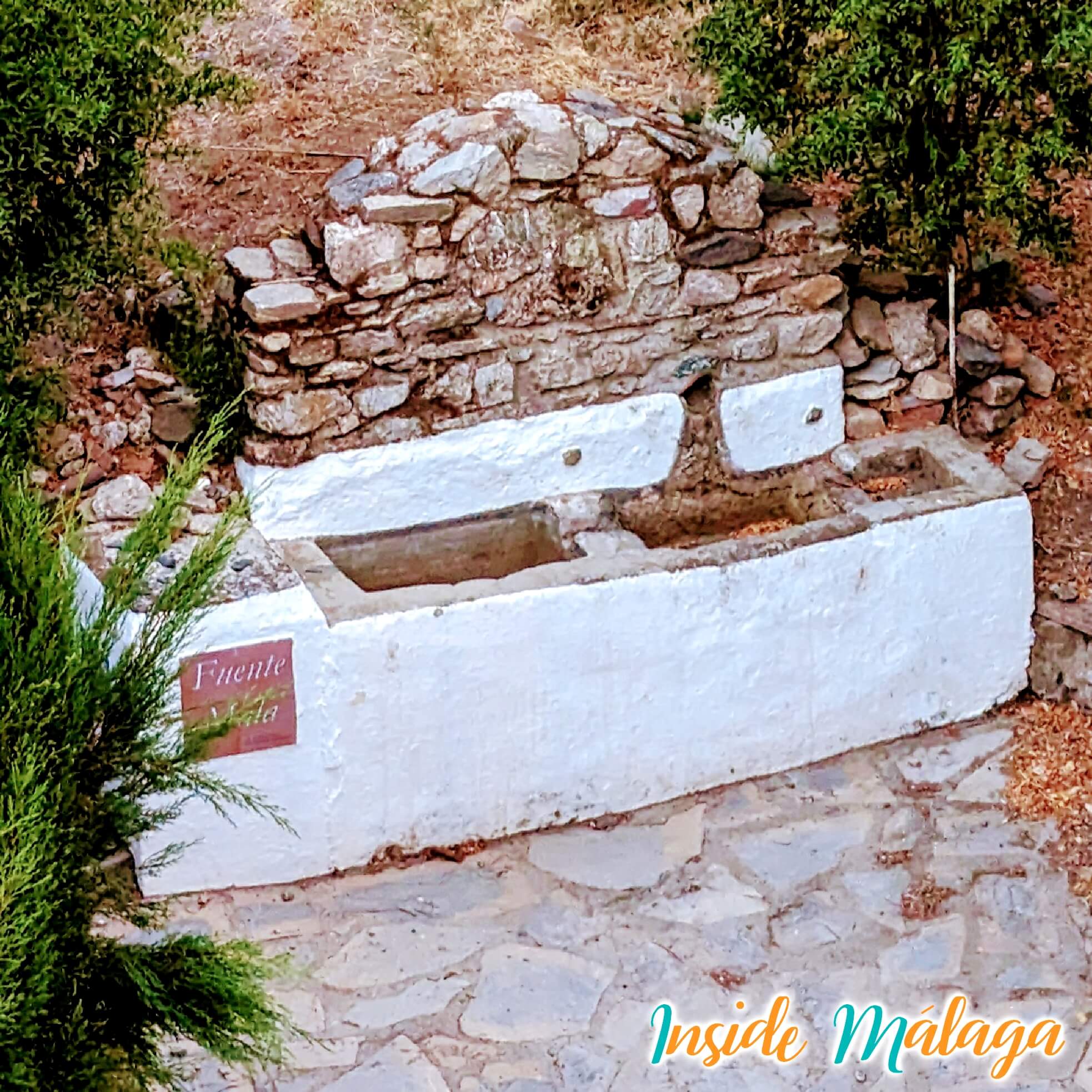
- Logo Málaga CF
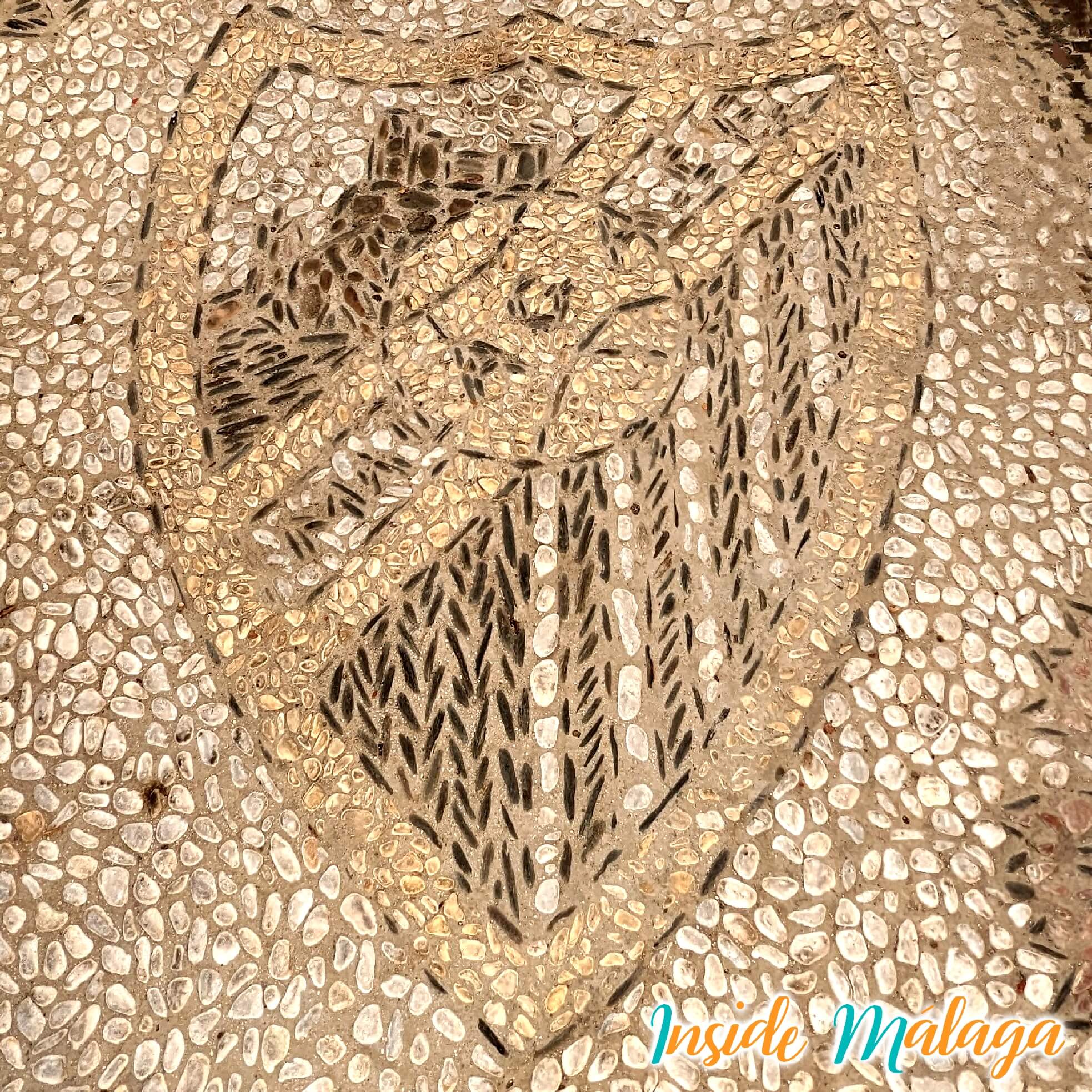
- Fachada Casa
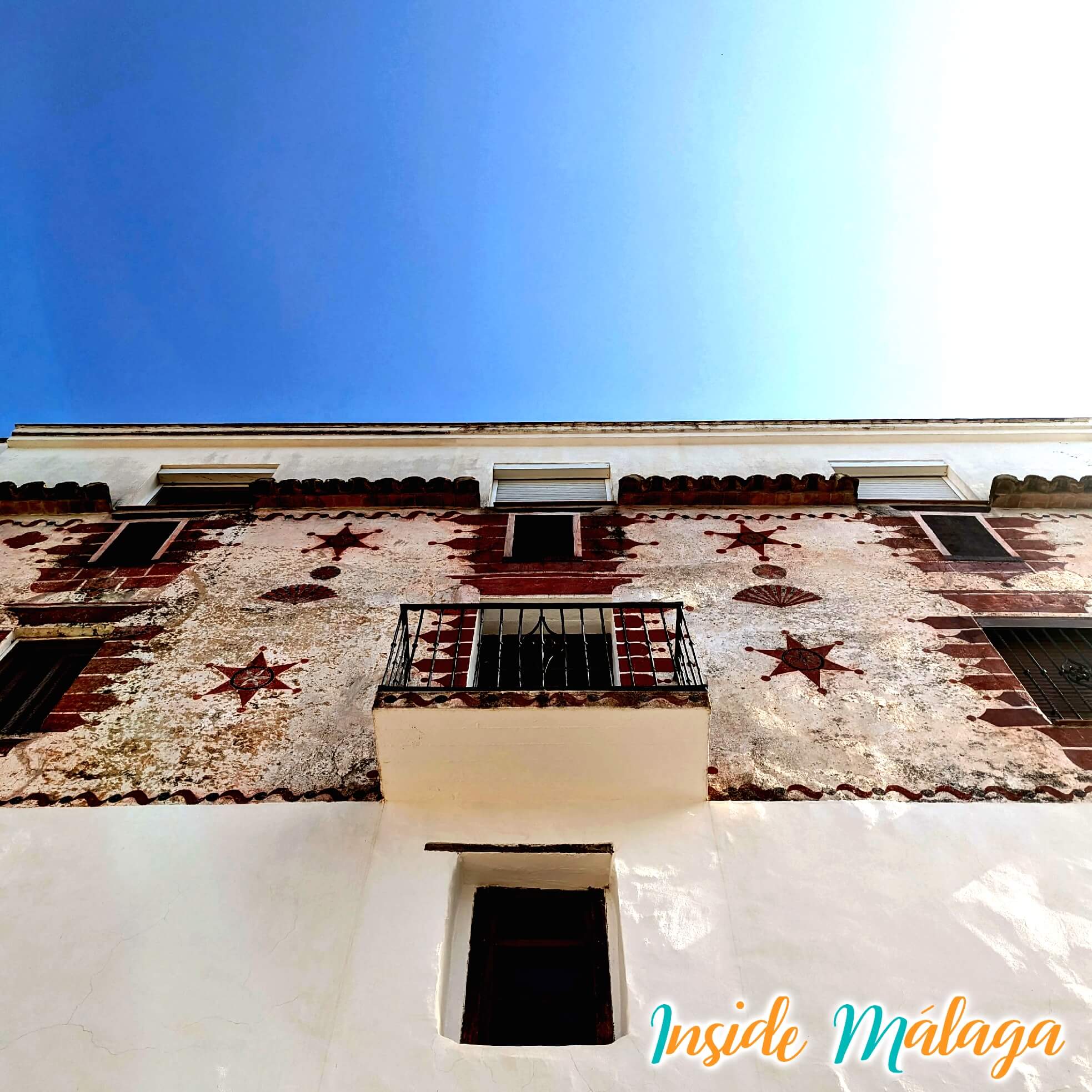
Where to eat in Benarrabá
Restaurante Kábilas: Part of the Banu Rabbah hotel. In Kábilas you can savor local dishes made with regional and organic ingredients. Its star dishes are meats such as organic suckling pig and kid goat, but you can also enjoy seasonal salads, gazpacho and homemade desserts. Spectacular are the views from its cozy chill-out terrace. Clients can use the swimming pool without having to stay at the Banu Rabbah Hotel.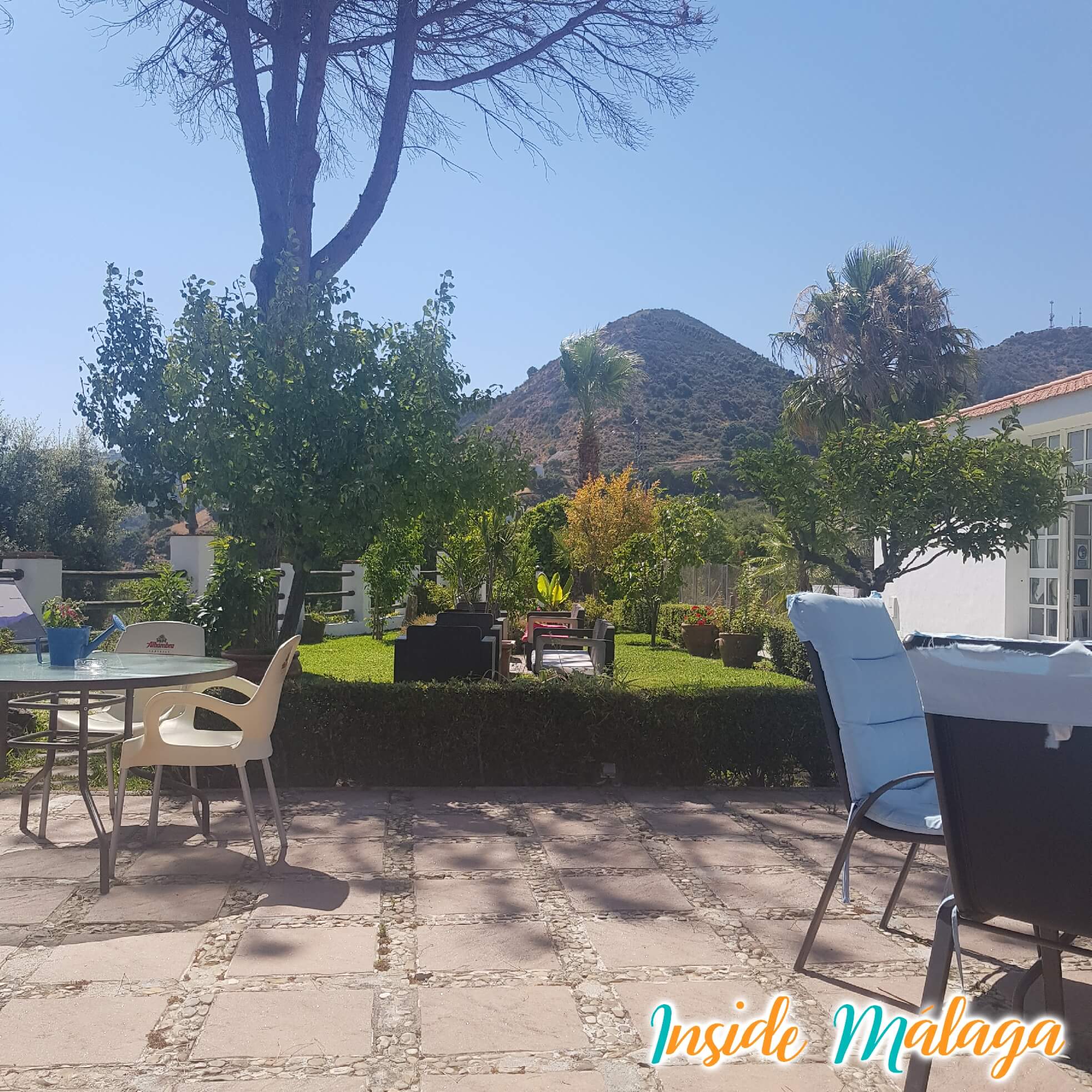
Where to sleep in Benarrabá
- Hotel Banu Rabbah: Located on the outskirts of the village this hotel is located in a privileged place with spectacular views over the valley. The architectural structure has a great rural charm, its 12 double rooms creating a cozy and familiar atmosphere. In addition, the hotel staff offers an optimal and friendly service.
- Hostal Benarrabá
Gastronomy of Benarrabá
- Salmorejo de Carne: A dish made with pork, white wine, onion and fresh parsley. See the recipe.
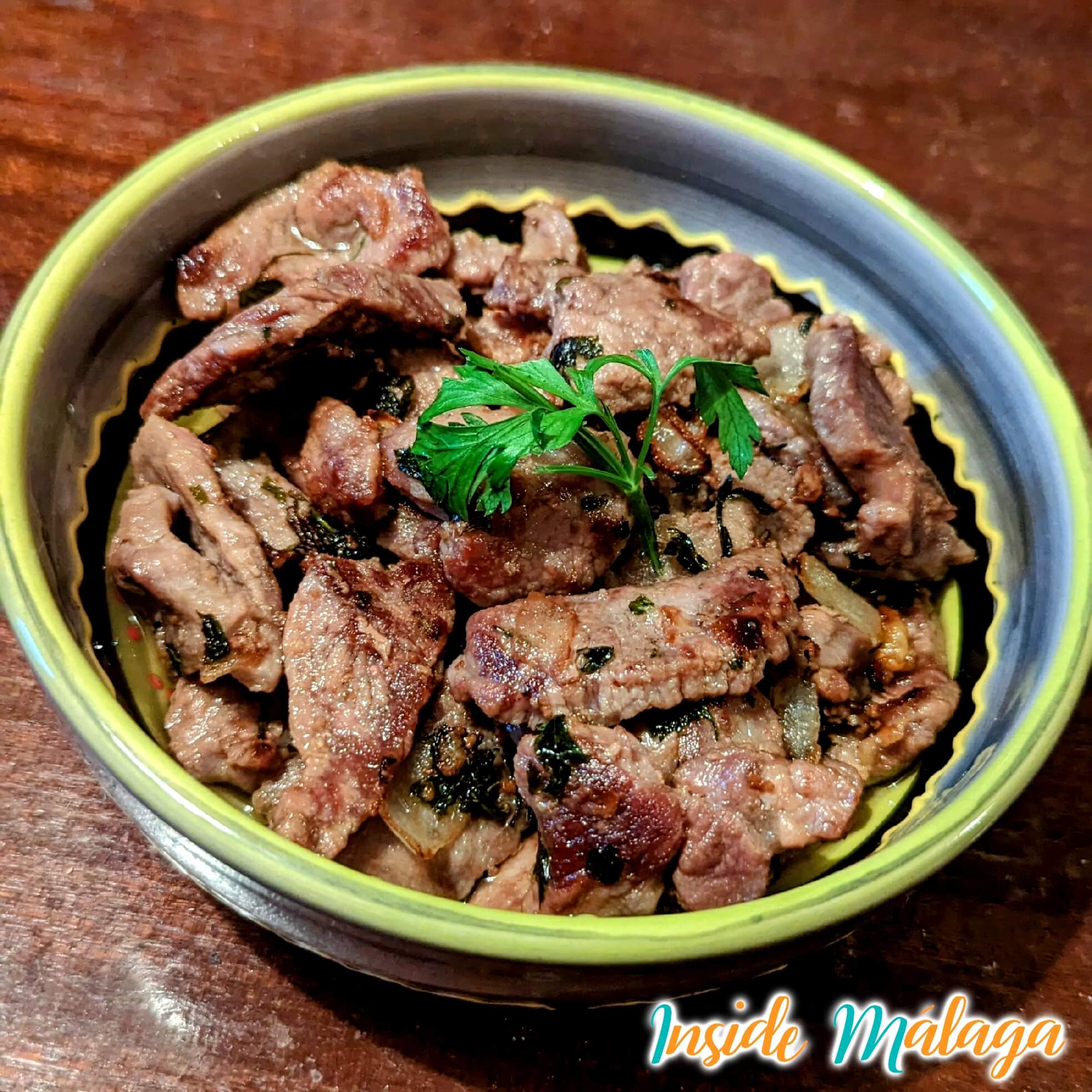
- Saltavallao: It is a soup, a fried vegetable with curdled egg, peppers and bread. Its name comes from the fact that when you eat this dish you cannot eat anything else and you jump over the field fences (vallas in spanish).
Viewpoints of Benarrabá
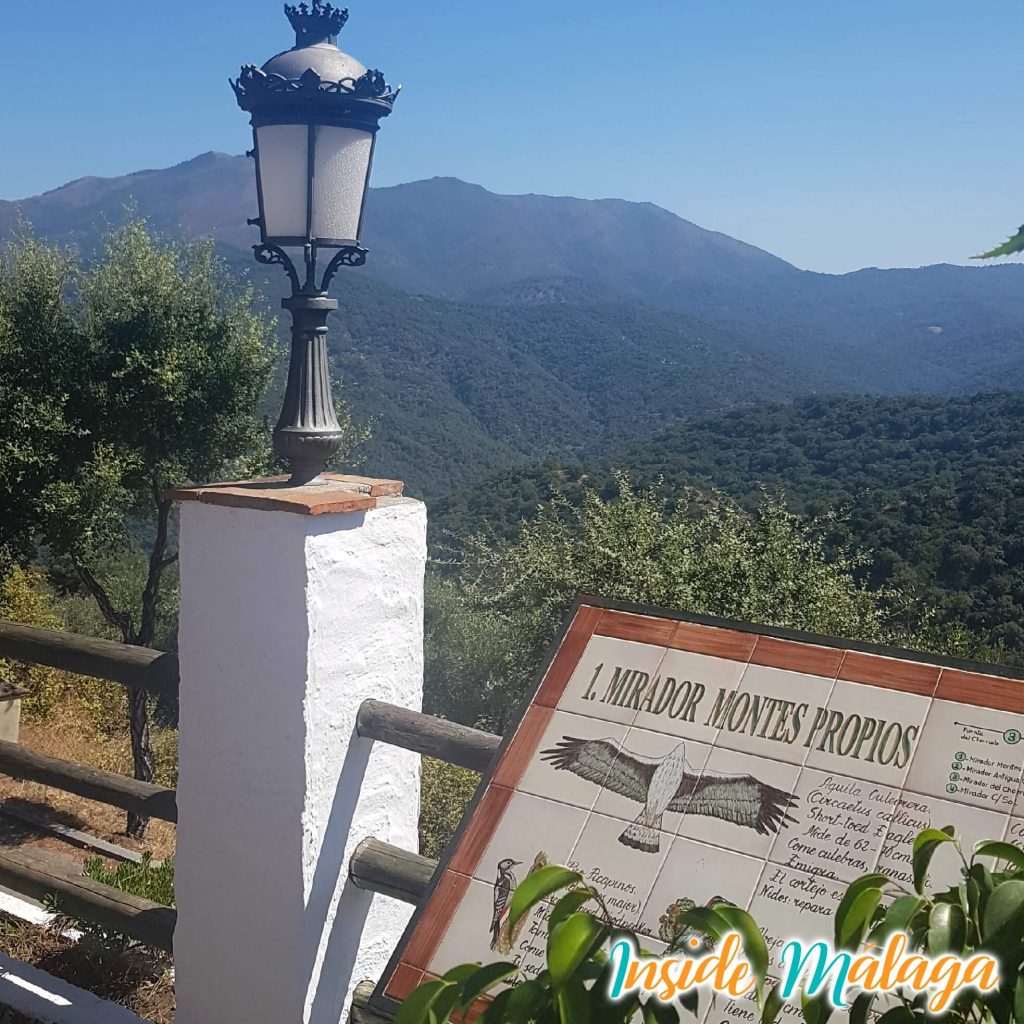
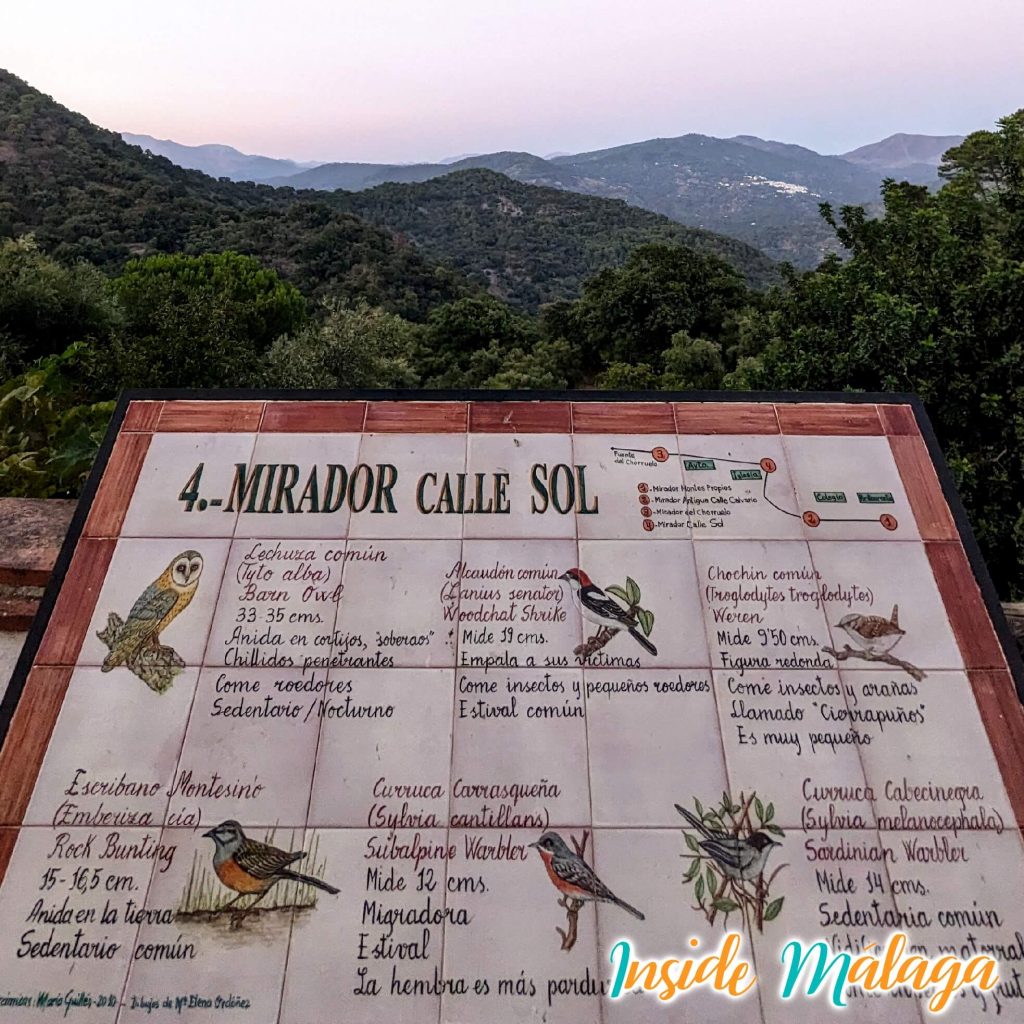
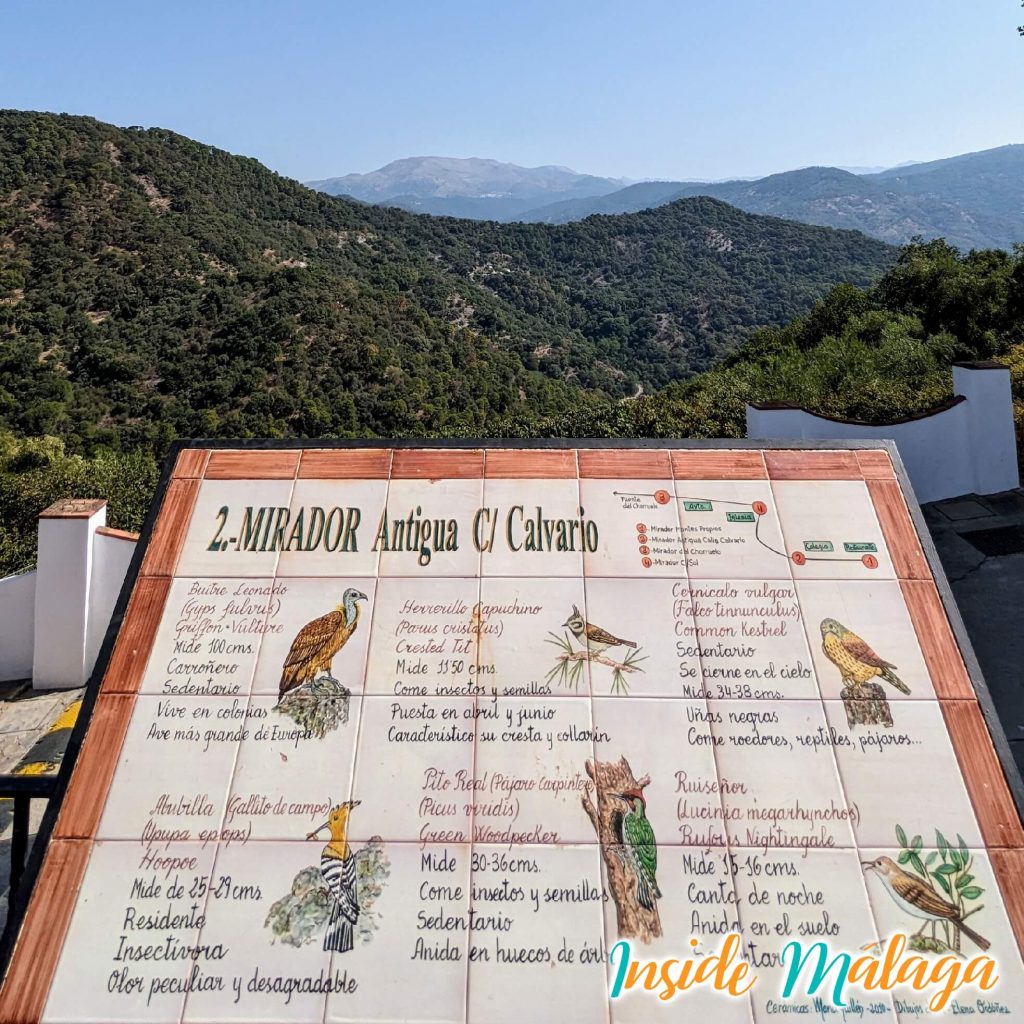
Leisure in Benarrabá
Padel court: Located on Avenida MIguel Pérez Delgado, the court can be reserved through WhatsApp at number 675060747.
Children’s park: Located on Avenida MIguel Pérez Delgado, free admission at any time.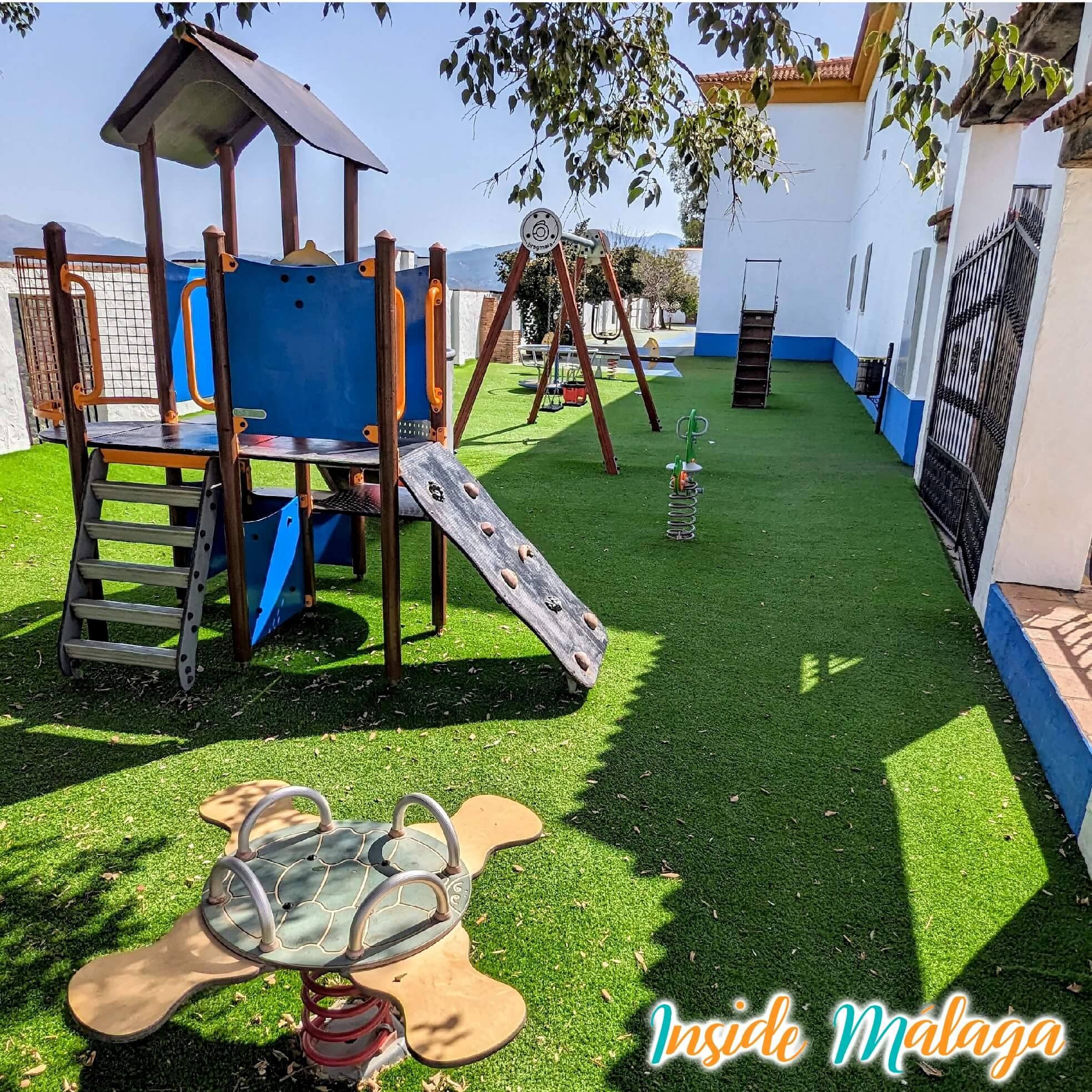
History of Benarrabá
During Roman times there was a road very close to the region that linked the cities of Laecipo and Arunda. The town was raised on the slope of Mount Porón at an altitude of 522 meters by a Berber tribe called Banu Rabbah that gave rise to the name of the town. At the top of the mountain there was a castle from where towns such as Genalguacil, Jubrique, Algatocín and Gaucín were guarded. In 1485, with the conquest of Ronda by the Catholic Monarchs, the region passed to the Crown of Castile. After the expulsion of the Moors in 1570, Benarrabá and the towns of the Genal Valley suffered a loss of population.
For more information about Benarrabá Village: visit the City Council page
